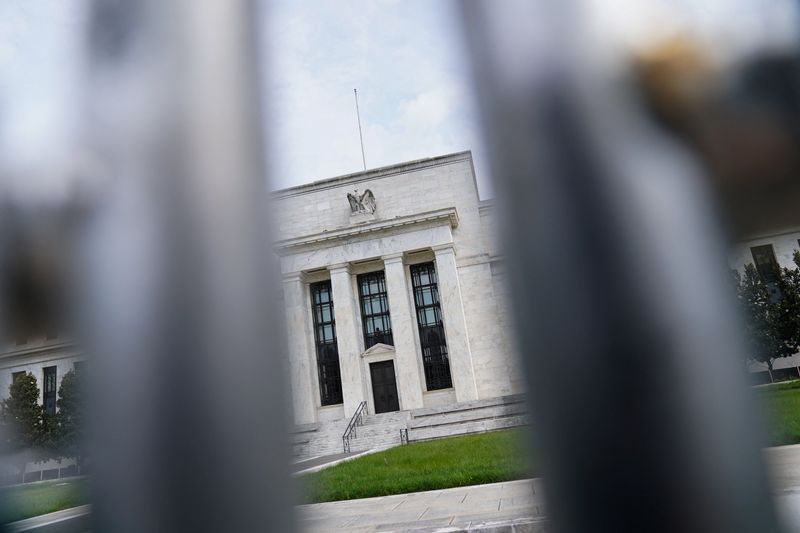
© Reuters
By Huw Jones
LONDON (Reuters) – Multi-trillion dollar non-banking finance saw its first major retreat last year since the global financial crisis in 2009, with the shrinkage due to higher interest rates hitting asset valuations, a global watchdog said on Monday.
Non-banks, such as investment funds and insurers, have come under closer regulatory scrutiny after the sector, less regulated than banks in parts, grew sharply after the financial crisis as money shifted from the more heavily regulated lenders.
This shift raised worries about hidden pockets of leverage and “liquidity mismatches” at money market funds and elsewhere that could hit financial stability in a crisis through interlinkages between banks and non-banks.
The Financial Stability Board (FSB), which groups officials, regulators and central bankers from the G20 economies, said the non-bank financial intermediation (NBFI) sector shrank 5.5% to $217.9 trillion in 2022 from the previous year.
This reflected valuation losses, especially as investment funds’ portfolios were “marked to market” to reflect much higher interest rates which have hit the value of bonds.
NBFI, which still accounts for 47.2% of global financial assets that total $461.2 trillion, also fell due to higher rates.
“Banks continued to be net recipients of funding from the NBFI sector, although this funding has been decreasing since 2013. In contrast, some NBFI entities’ use of funding from banks has increased,” the FSB said in its annual update on the NBFI sector.
“Enhancements in this year’s report reduced unspecified linkages across all non-bank entity types and were most notable in the case of pension funds, where identified linkages increased 25 to 30 percentage points with regard to both claims and liabilities,” the FSB said.
The watchdog’s “narrower” measure of NBFI, which has an economic function such as providing loans and facilitating credit provision and post “bank-like” financial stability risks, also decreased, falling 2.9% to $63.1 trillion in 2022.
“This decline can be almost entirely attributed to collective investment vehicles susceptible to runs,” the FSB said.
Regulators have begun taking a closer look at whether assets held outside the banking sector properly reflect interest rates that have risen sharply from a prolonged period at historically low levels.
Markets, however, have now begun pricing in interest rate cuts by central banks next year.
Source: Investing.com

























